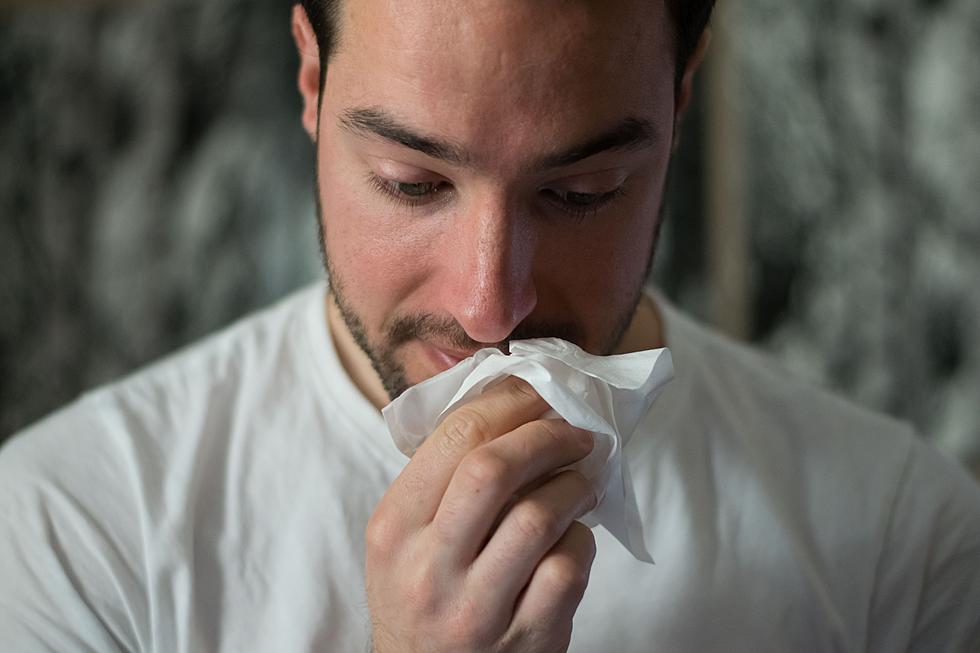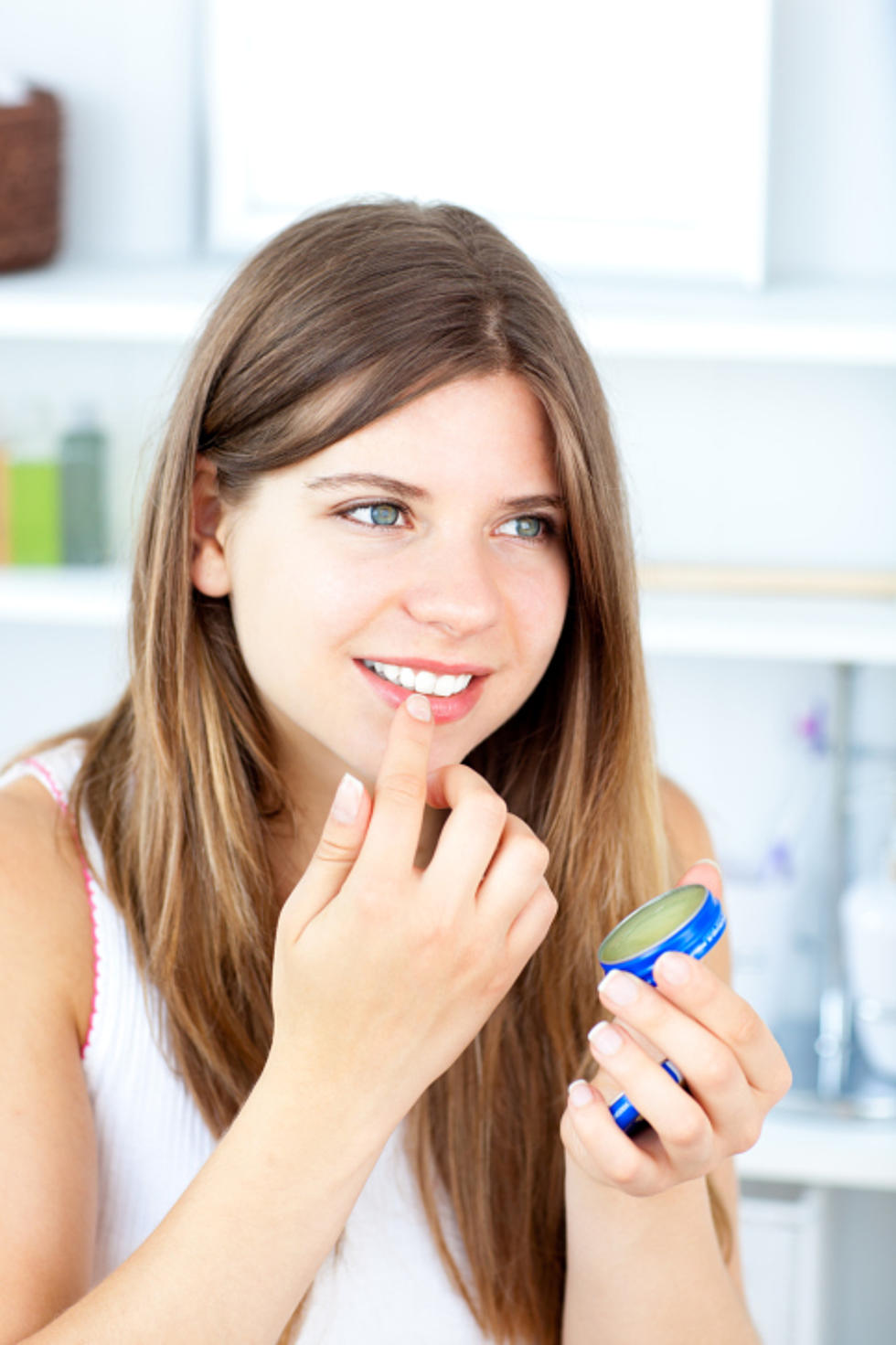![Sandy Cleanup Warning: Look Out For Toxins [AUDIO]](http://townsquare.media/site/394/files/2013/01/Normandy-Beach.jpg?w=980&q=75)
Sandy Cleanup Warning: Look Out For Toxins [AUDIO]
If you're in the process of fixing up your Sandy-damaged home, be advised that there may be hazards lurking around both inside and outside. And there are those you can and cannot see.
The State Department of Health has a new warning out now for everyone whether you're a professional contractor or a do-it-yourselfer.
Whether its mold, asbestos or lead, there are ways to protect yourself from a short term or potential permanent health problem.
Joe Aldridge with the Department says flood damage is especially a problem.
He says, "These types of toxins can sometimes be totally undetected by the human eye. Other times, a nose works through an odor or something like that. Other things are not detectable that easy."
Here are some tips from the State Health Department:
People can take the following steps to help ensure their protection during cleanup and recovery efforts:
DO's:
- Call a professional if you feel the work is too extensive
- Wear appropriate protective equipment including gloves, hard hats, goggle, and boots
- Take frequent breaks and remain hydrated
- Wash hands and any areas where your skin contacts debris
DON'Ts:
- Do not enter the building if you are uncertain about the buildings stability or of any hazards that may exist
- Do not mix any chemicals together
- Do not come in direct contact with flood water or remaining silt or mud. They may contain organic chemicals, pesticides or raw sewage
- Do not apply chemicals to surfaces to kill mold and bacteria without wearing the appropriate protective equipment
Mold is a common problem for homes and businesses impacted by Hurricane Sandy. To identify if your home or business may have mold you should examine the walls, ceilings and floors for signs of water damage. Mold may also be recognized by a musty, earthy smell or foul stench.
If mold is identified, take the following steps when cleaning:
- Wear rubber boots, rubber gloves, goggles, and N-95 mask
- Open windows and doors to get fresh air when you use bleach
- Mix no more than 1 cup of bleach in 1 gallon of water
- Wash the item with the bleach and water mixture
- If the surface of the item is rough, scrub the surface with a stiff brush
- Rinse the item with clean water
- Dry the item or leave it out to dry
- Never mix bleach with ammonia or other cleaners
Exposure to mold may cause nasal and throat irritation, coughing or wheezing, eye irritation, or, in some cases, skin irritation. People with mold allergies may have more severe reactions. Immune-compromised people and people with chronic lung illnesses, such as obstructive lung disease, may get serious infections in their lungs when they are exposed to mold.
Asbestos is also a serious hazard for anyone involved with Hurricane Sandy cleanup and repair. It is a naturally occurring fibrous material that can cause serious health problems if inhaled or swallowed. Health effects associated with asbestos include: Lung cancer, mesothelioma, and asbestosis.
To determine if your home or business contains asbestos you should contract with an inspector certified by the U.S. Environmental Protection Agency to conduct an inspection. This is the most critical step to protect your health and the health of those who work on your home, your neighbors and anyone who may come in contact with the material you remove.
Over 3,000 commercial products contain asbestos. Common items include: Vinyl floor tiles, roofing shingles, covered hot water pipes, and heat resistant fabrics. If you suspect material contains asbestos, don't touch it. Asbestos fibers may be released into the air by the disturbance of asbestos-containing material.
Aldridge adds if you feel sick as a result of your Sandy-cleanup, be sure to see your doctor as soon as possible.
More From 92.7 WOBM










